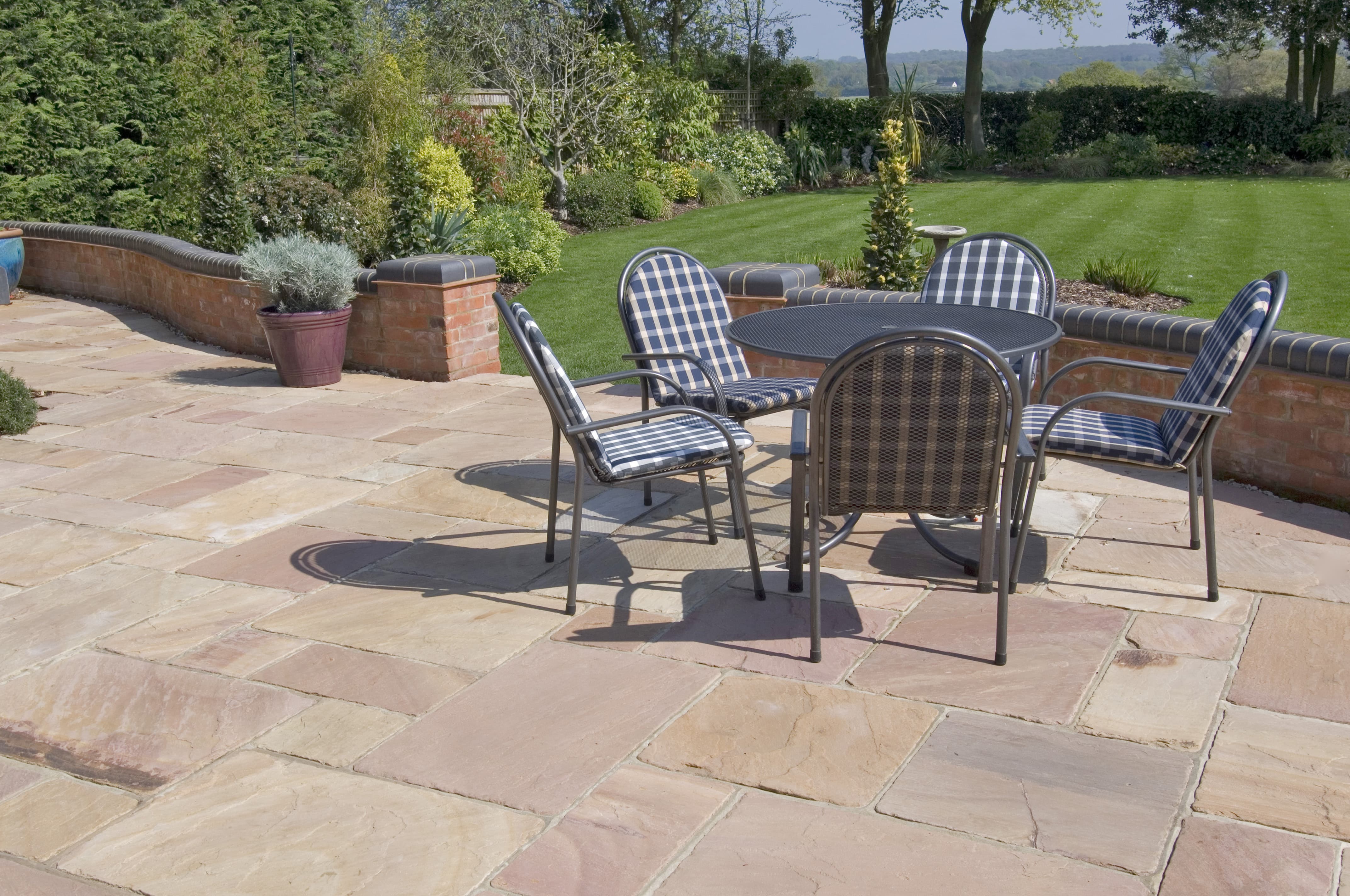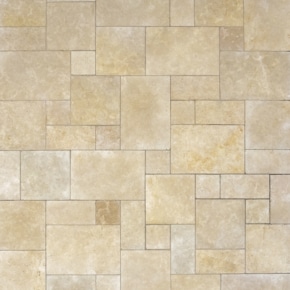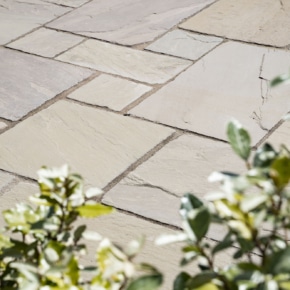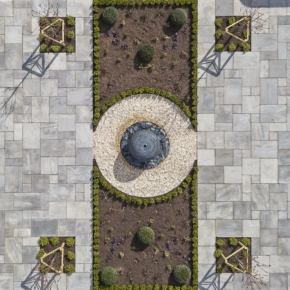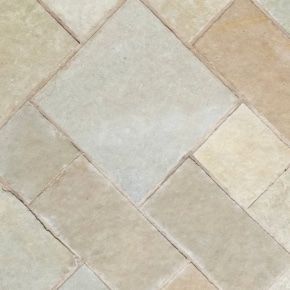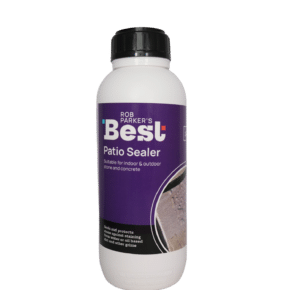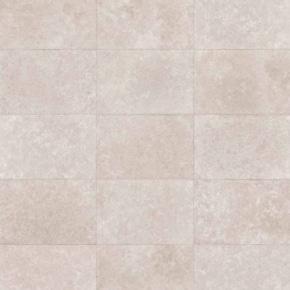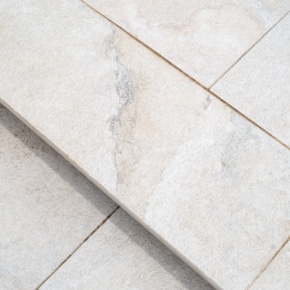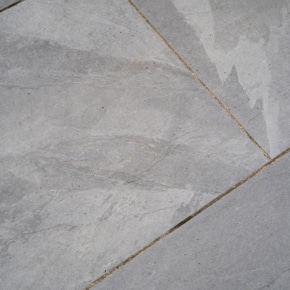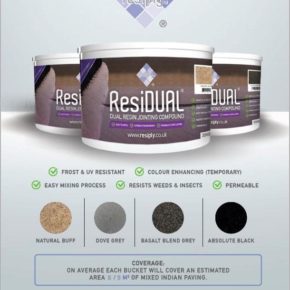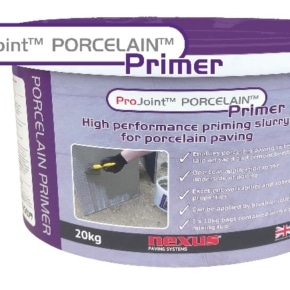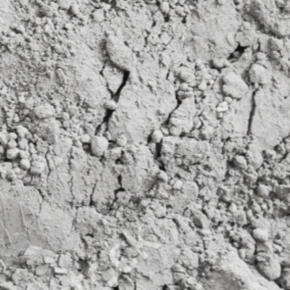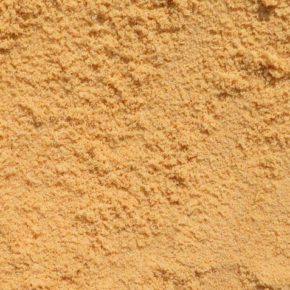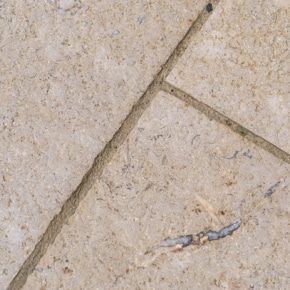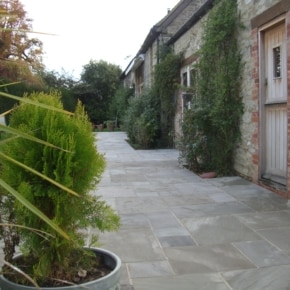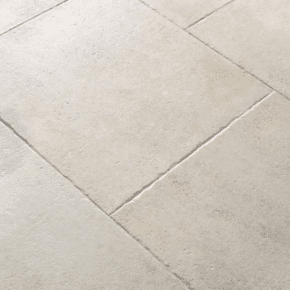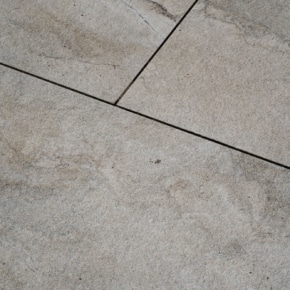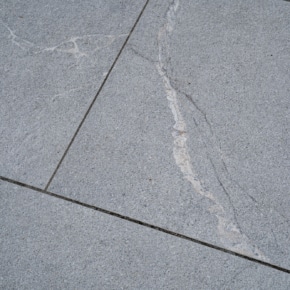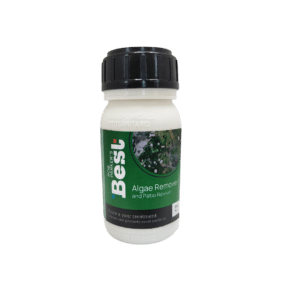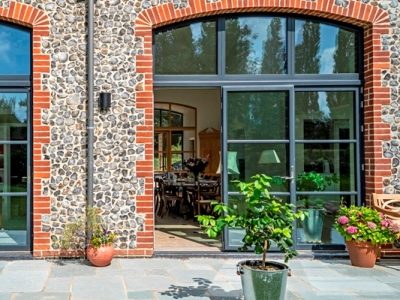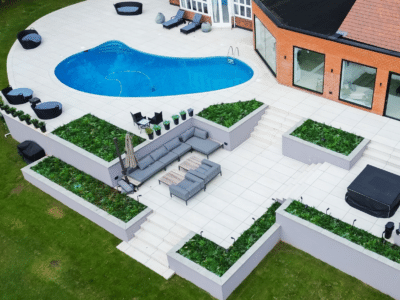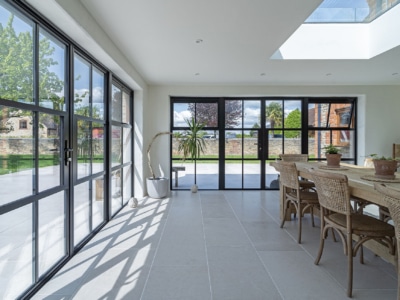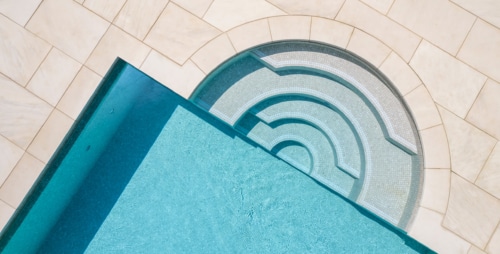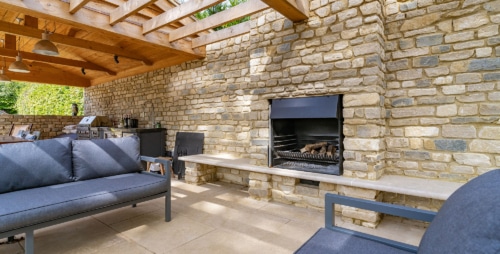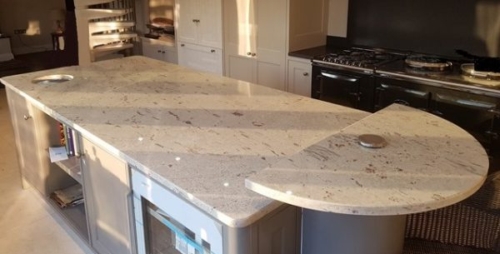At Stoneworld, we’ve been at the forefront of paving and patio solutions for over 20 years, helping homeowners across the UK transform their outdoor spaces. Whether you’re designing a contemporary garden or a traditional patio, we offer premium natural stone and porcelain paving to suit every project. Our commitment is simple: deliver beautiful, durable materials backed by expert guidance, so your patio not only looks stunning – it lasts.
With an extensive selection of products – Indian sandstone, limestone, porcelain pavers and more – and provides detailed installation guides. For example, our “How to Lay a Natural Stone Patio” guide covers every step from base preparation to pointing joints We recommend laying porcelain and limestone paving on a properly prepared sub-base and even “painting” the back of each slab with a cement slurry plus PVA (glue) to ensure perfect adhesion. With over 20 years of experience in stone landscaping, we’ve built a reputation for delivering expert advice alongside high-quality materials. Throughout this article, we’ll share our expert guidance, backed by real-world know-how and practical tips. We’ll also include independent insights and refer to trusted UK standards – like the Royal Horticultural Society’s guidance on permeable paving – to give you a well-rounded and reliable foundation for your project.
Below is a comprehensive overview of the sections we’ll guide you through, each built on our expertise and tailored to help you make informed decisions for your outdoor space:
| SECTION | DESCRIPTION |
|---|---|
| Benefits of Limestone Paving | Why our limestone slabs remain a favourite among UK homeowners – from their natural beauty and slip resistance (like our acid-etched finishes) to their ability to withstand the British climate. |
| Benefits of Porcelain Paving | A look at the advantages of porcelain paving – including its exceptional durability, low maintenance, frost resistance, and contemporary style options. |
| Limestone vs Porcelain Comparison | A side-by-side comparison of key features like appearance, durability, cost, and maintenance to help you decide which material suits your space and lifestyle best. |
| Maintenance and Care | How to keep your patio looking its best, with guidance on cleaning, sealing, preventing weeds and moss, and ensuring long-term durability. |
| Planning, Drainage, and Regulations | Important UK-specific planning considerations, including permeable paving regulations (such as RHS guidelines), drainage requirements, and when you may need planning permission. |
| Frequently Asked Questions | Answers to the most common paving queries we hear from our customers – all explained with practical, honest advice. |
Benefits of Limestone Paving
Limestone paving has always been a classic choice for British patios and pathways – and with good reason. Our natural limestone, sourced from trusted quarries across the UK and Europe, comes in warm, earthy tones like creams, buffs, and greys, each with its own unique texture and character. One of the key advantages of limestone is its slip resistance, especially when professionally finished.
Take our La Roche limestone, for example – we acid-etch the surface to enhance grip without compromising the stone’s natural beauty. This gentle texturing brings out the highlights of the stone while creating a safe, non-slip finish that’s ideal for family gardens, pool surrounds, and high-traffic areas.
Our limestone paving is built to last – it performs exceptionally well in the UK climate when properly installed and maintained. It handles rain and moderate frost with ease, and because it’s a natural stone, it develops character over time, aging beautifully. We often say our limestone is perfect for patios, pool copings, and pool surrounds – not just because it looks fantastic, but because it’s safe underfoot, even when wet.
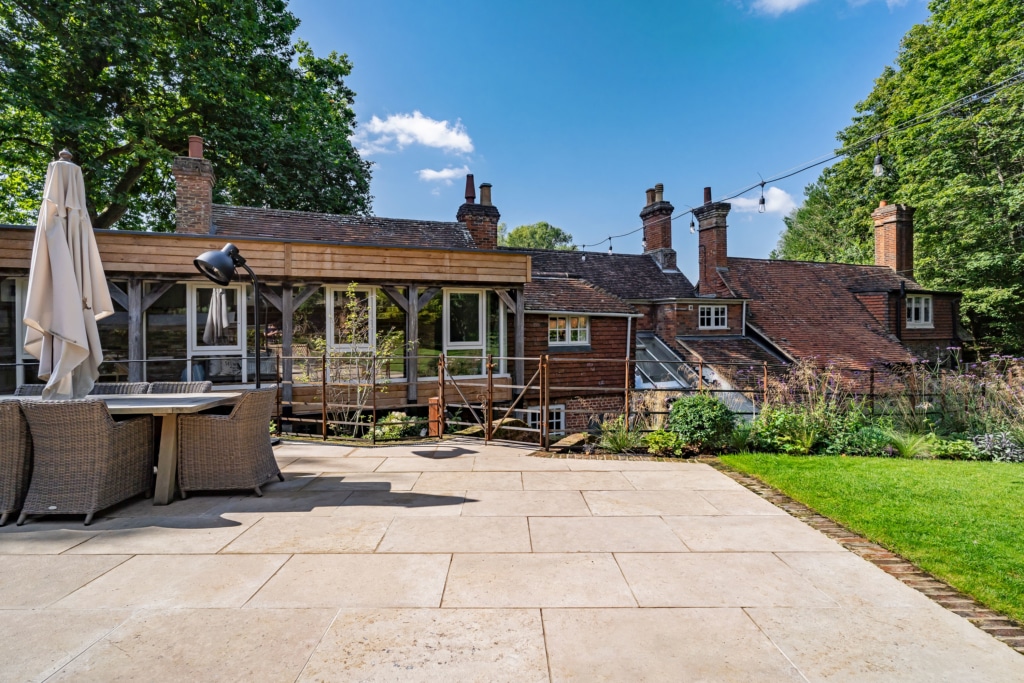
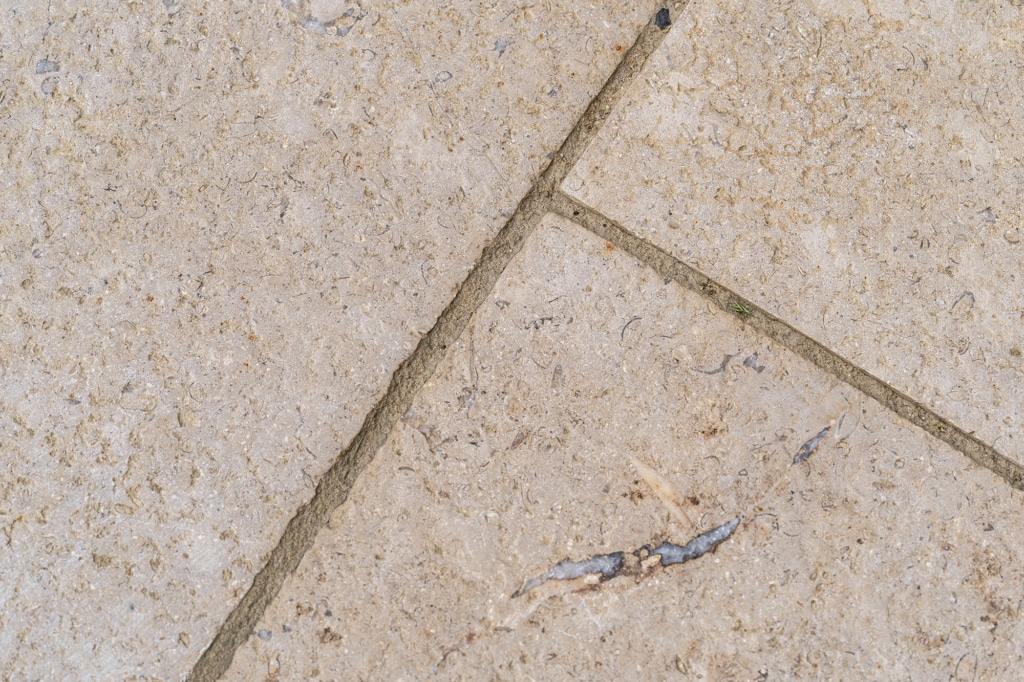
One of the features our customers love most is the natural variation in tone. No two slabs are the same, which gives each project a unique, rustic charm. It’s also a practical choice – limestone is easy to work with, making it quicker to cut and install than some other stones, which can help streamline your project.
That said, while limestone is generally less porous than some lighter stones like sandstone, we still recommend sealing it – especially for lighter colours. Using a high-quality product like Rob Parker’s Best Patio Sealer helps protect the surface, preserve the colour, and guard against spills and stains. Overall, limestone offers a timeless, warm aesthetic that fits beautifully into both traditional and modern garden designs.
Benefits of Porcelain Paving
Porcelain paving is a fantastic modern alternative to natural stone, and it’s becoming one of our most popular choices for customers looking for a sleek, low-maintenance option. Unlike natural stone, porcelain is a manufactured material, made from highly refined clay and fired at extreme temperatures. The result is an incredibly dense, durable surface that’s virtually impervious to water and stains.
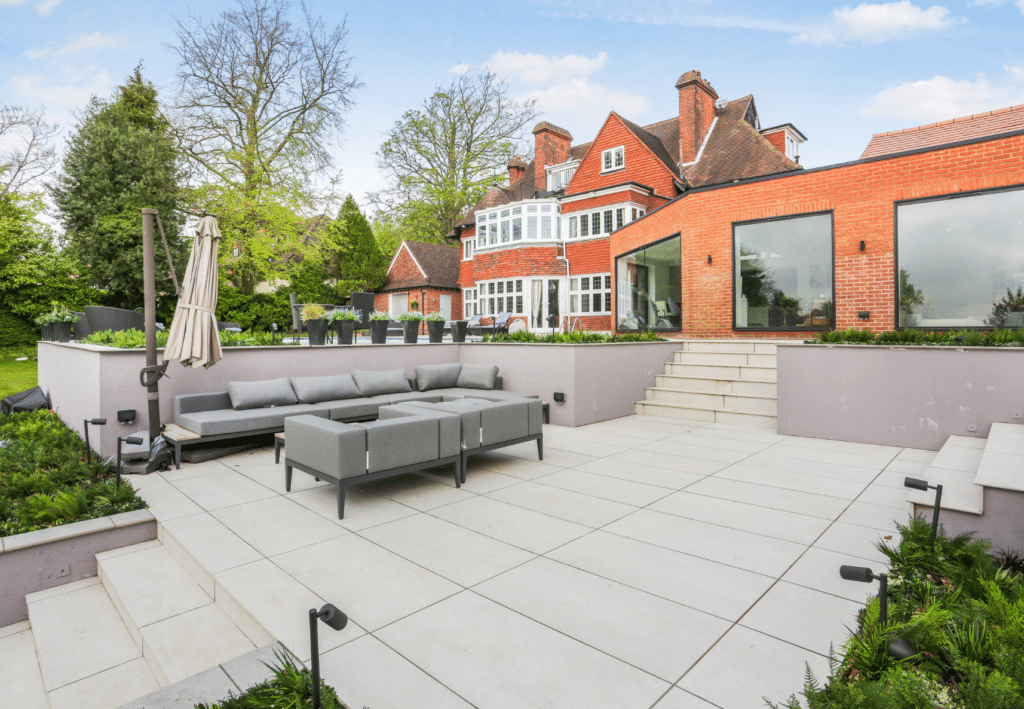
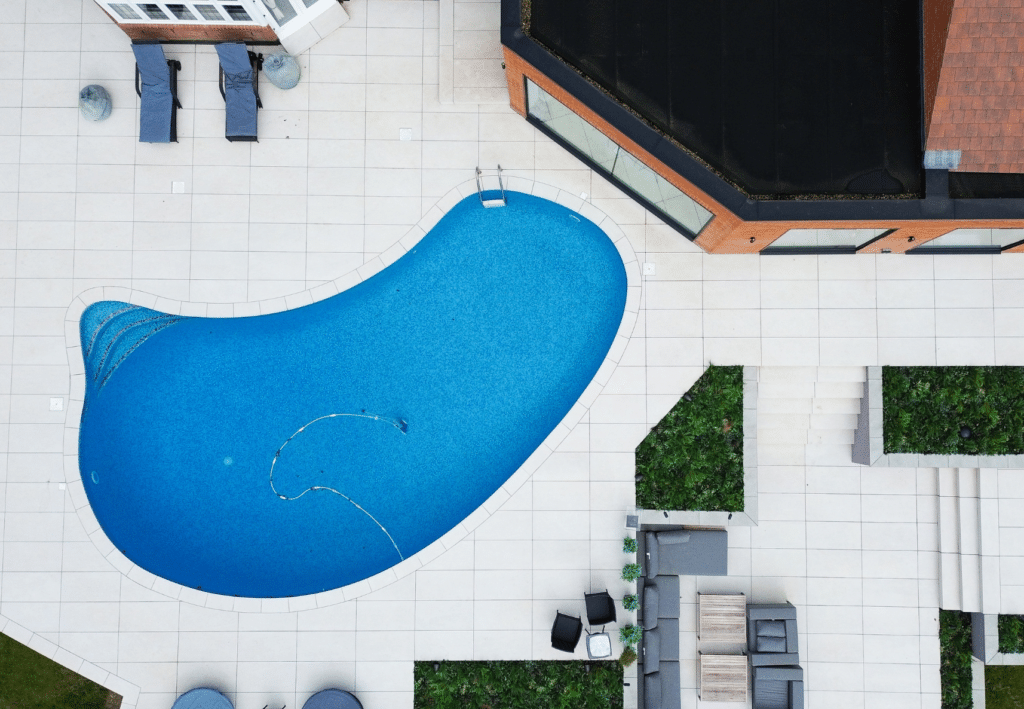
This makes porcelain an ideal choice for UK patios, where rain and frost are common challenges. Because porcelain doesn’t absorb moisture like limestone or sandstone, it’s naturally frost-proof and far less prone to cracking during winter. For busy households or contemporary garden designs, porcelain offers reliable performance with minimal upkeep.
Another key advantage of porcelain paving is the consistency and variety of styles it offers. Our porcelain slabs can replicate the look of natural stone, concrete, or even wood – perfect for achieving a sleek, contemporary finish. One example is our La Roche Ash collection, which features subtle grey fossil-like patterns and textures that echo natural limestone, but with a modern edge.
Because porcelain is factory-produced to strict tolerances, the slabs are highly consistent in size and thickness. This makes them ideal for creating large, level surfaces, such as modern patios or terraces, where clean lines and precision are important.
Maintenance-wise, porcelain is incredibly low-fuss. It doesn’t require sealing, and you don’t need to worry about algae or stains – most dirt simply sits on the surface and can be easily wiped away or jet-washed. We recommend installing porcelain using the same sub-base and wet mortar method as natural stone, but with one crucial addition: a slurry primer (cement and PVA mix) painted on the back of each slab to ensure a strong bond.
Once installed, our porcelain paving can handle heavy foot traffic with ease, maintaining its sharp look with very little effort.
Limestone vs Porcelain Paving – A Side-by-Side Comparison
When choosing between limestone and porcelain paving, it’s important to weigh up the look you’re going for, your budget, and how the space will be used. At Stoneworld, we supply and work with both materials every day – and each offers its own set of strengths.
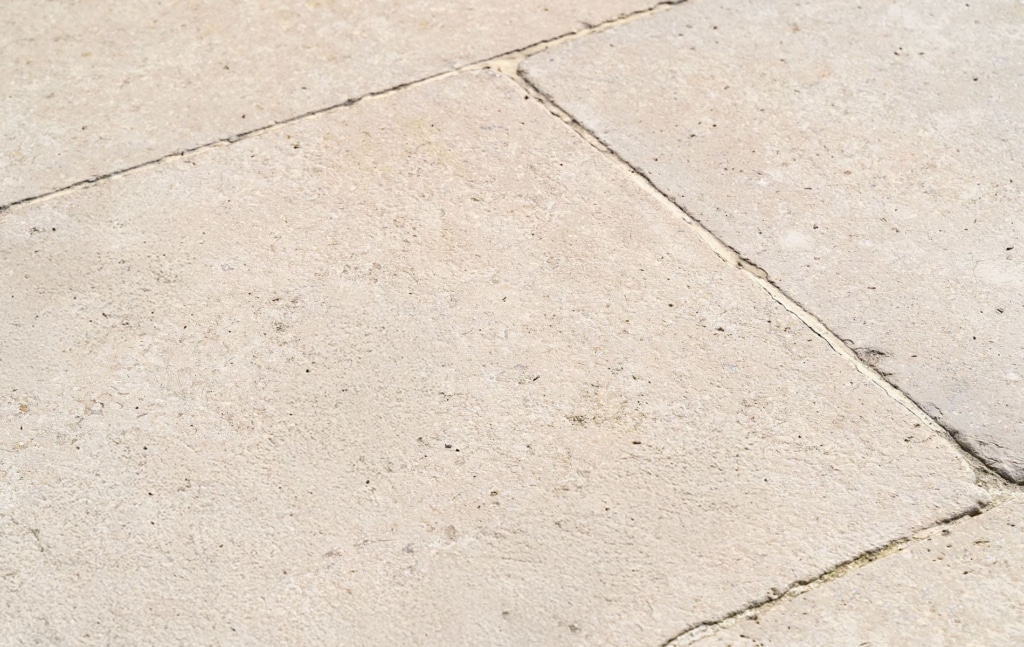
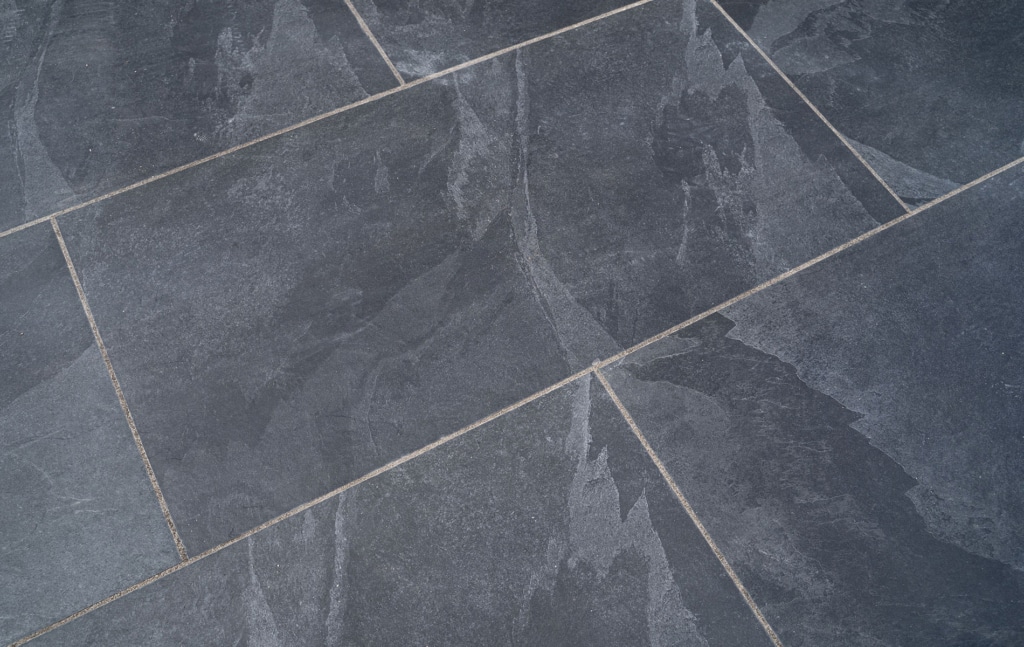
Here’s a side-by-side comparison to help you decide:
| FEATURE | LIMESTONE PAVING | PORCELAIN PAVING |
|---|---|---|
| Appearance | Natural stone with unique variations in every slab | Uniform finish; mimics stone, concrete, or wood |
| Durability | Strong but porous; benefits from sealing | Extremely hard and non-porous |
| Slip Resistance | Very good when acid-etched | Highly slip-resistant with texture |
| Maintenance | Requires sealing and occasional cleaning | Very low maintenance; just sweep or rinse |
| Cost | Typically more affordable per m² | Higher material cost; similar labour |
| Weight & Strength | Heavier and softer; easier to cut | Harder; may need specialist cutting tools |
| Environmental | Natural product; best with permeable joints | Manufactured; requires drainage planning |
This comparison really highlights the distinct strengths of each material. Limestone delivers a timeless, classic aesthetic and is naturally forgiving underfoot, making it a favourite for heritage gardens and traditional landscapes. Porcelain offers ultra-modern styling with top-tier performance and almost no maintenance – perfect for contemporary patios. At Stoneworld, we supply both options, giving our customers the flexibility to find the ideal paving for their project.
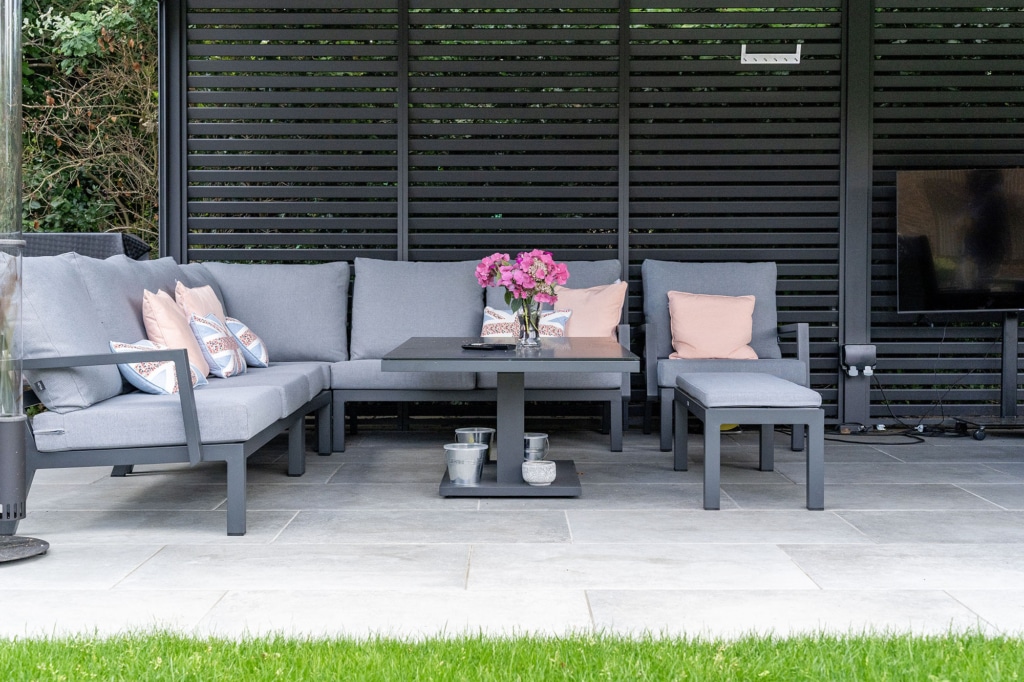
For example, we often recommend limestone or Indian sandstone for creating a warm, elegant entranceway. If your style leans modern, our porcelain ranges – like La Roche Ash – bring sleekness and sophistication to outdoor spaces.
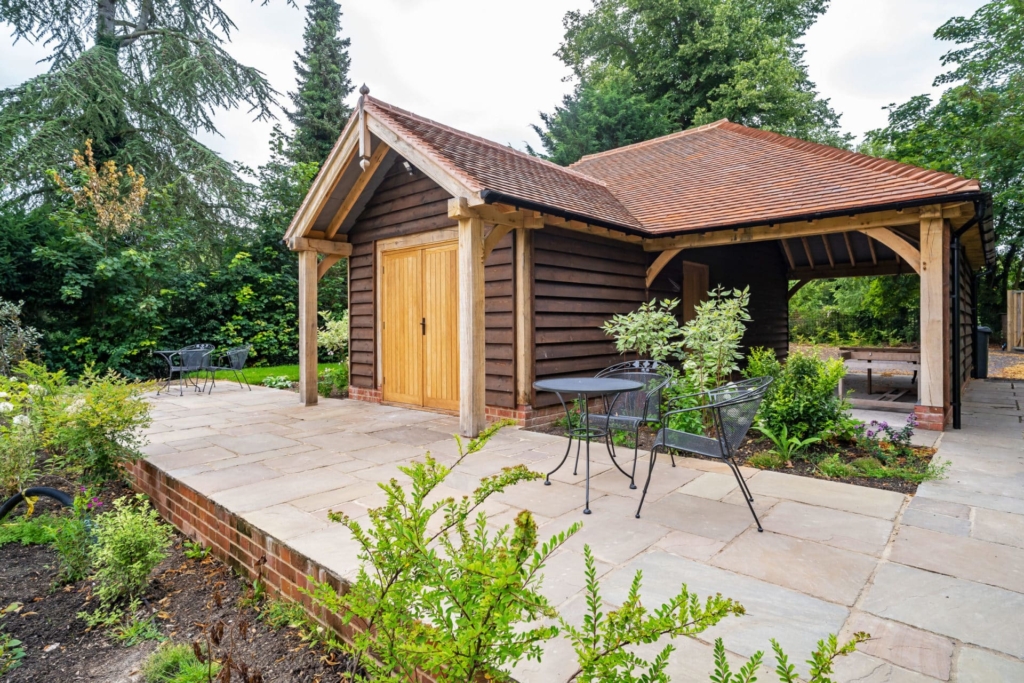
Installation Tips and Best Practices
Getting the installation right is crucial to the long-term success of your paving project. At Stoneworld, we’ve been helping customers lay patios the right way for over 20 years, and our expert installation guides are always available to support you. Below, we’ve summarised some of our most essential tips to ensure your paving – whether natural stone or porcelain – performs beautifully for decades.
1. Prepare a Proper Sub-Base
A strong, level foundation is non-negotiable. Start by excavating the area and laying a well-compacted MOT Type 1 hardcore sub-base to a minimum depth of 75–100mm. This prevents future movement or sinking. On top of this, you’ll need either a sharp sand layer or a wet mortar bed, depending on your material. We always recommend checking levels with a spirit level throughout – and don’t forget to factor in a slight fall for drainage away from buildings.
2. Use the Right Mortar and Adhesion Method
For both limestone and porcelain, we recommend a full wet mortar bed made from cement and soft sand. For porcelain and dense limestone specifically, always “slurry” the back of each slab – that means applying a cement and PVA (or SBR) mixture to ensure maximum adhesion to the base. This step is key for porcelain due to its low porosity.
3. Lay with Consistent Joints
When placing your slabs, leave consistent gaps between them. For natural stone, we advise joints of 10–15mm, and for sawn or rectified porcelain, joints can be as narrow as 3–5mm. To maintain even spacing, use spacers and string lines, and tap slabs gently into place with a rubber mallet to keep them level and secure.
4. Blend the Stone
Natural stone is inherently varied, and that’s part of its charm. To ensure a harmonious finish, mix slabs from different crates or batches throughout the project. At Stoneworld, we always advise blending during laying, not afterwards – this avoids patches or sudden colour changes.
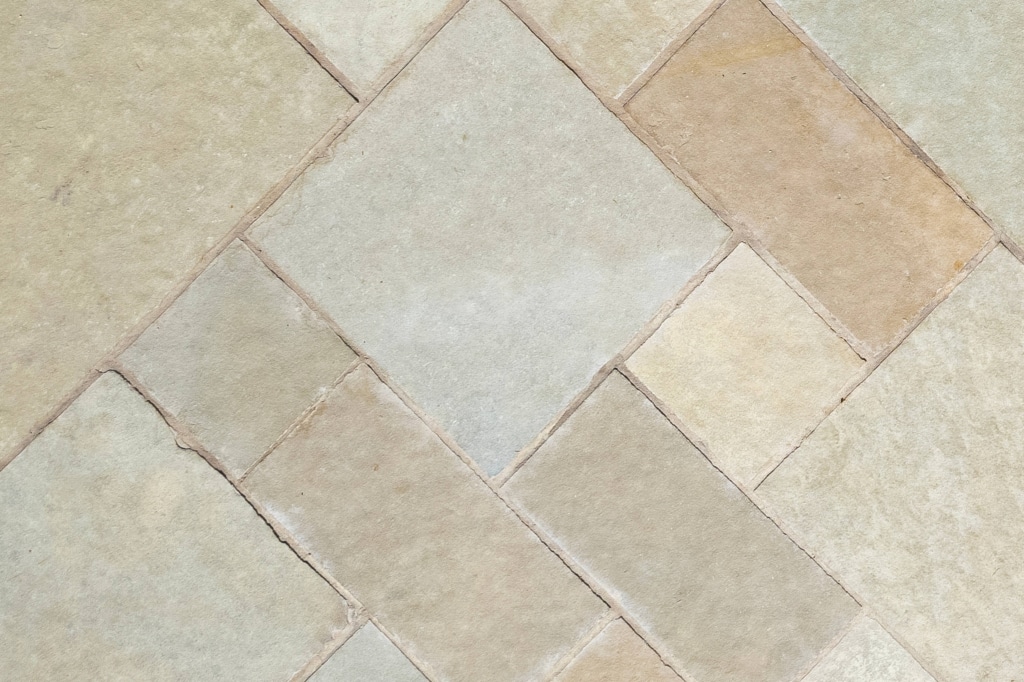
5. Pointing the Joints
Once your paving is laid and set, it’s time to fill the joints. We recommend using a high-quality, permeable jointing compound like our own ResiDUAL, which supports drainage and resists cracking. Avoid rigid cement mortars for jointing patios, as these can fail over time with ground movement and frost.
6. Sealing – When and Why
If you’re sealing your paving, always apply the sealer when the slabs are clean and dry – and before final pointing. Sealing is especially beneficial for lighter limestones or sandstones to prevent staining and enhance colour. Our team can recommend the best product for your stone. For porcelain, sealing is generally unnecessary.
7. Final Checks for Longevity
Proper compaction, effective drainage, and correct jointing are the foundation of a lasting patio. UK weather can be unforgiving – frost, rain, and algae growth all take their toll. But with the right install techniques, your Stoneworld patio will not only endure but look fantastic year after year.
Maintenance and Care
Once your patio is installed, keeping it in top condition is simple with a bit of routine maintenance. At Stoneworld, we believe that looking after your paving should be easy and effective – and with the right products and practices, your patio will stay beautiful for generations.
Regular Cleaning
Sweep away leaves and debris frequently to prevent staining. A light jet wash or scrub with a mild detergent will tackle dirt and moss. For limestone, we recommend using a gentle cleaner – avoid anything too acidic to preserve the stone’s natural surface. Porcelain is non-porous, so most dirt simply sits on the surface and washes off easily. Our care guides suggest regular cleaning to reduce slip risks and keep your patio looking fresh.
Repointing and Joint Maintenance
Inspect your paving joints annually. If you spot any plant growth or gaps in the jointing compound, clean and refill them using a quality permeable option like our ResiDUAL. This ensures effective water drainage and prevents weed intrusion. Unlike rigid cement pointing, ResiDUAL offers flexibility and longevity for both limestone and porcelain installations.
Sealing Advice
We recommend sealing natural stones such as limestone or sandstone every few years. This helps lock in the colour, reduce algae buildup, and protect the surface from everyday stains. Porcelain paving typically doesn’t need sealing, but if you notice any signs of water absorption (rare, but possible), a sealant may help prolong its appearance.
Weed Control
Preventing weed growth is mostly about managing your joints. A good jointing compound helps block out weeds, but if any appear, remove them manually or with a patio-safe weed killer. Brushing regularly also helps.
Winter and Frost Protection
Our limestone and porcelain ranges are designed to withstand the UK climate. But it’s still good practice to clear snow and ice promptly to avoid freeze-thaw stress on the mortar bed. Use a plastic shovel – never metal – especially on porcelain, to avoid surface damage.
At Stoneworld, we offer a wide range of cleaners, sealers, and jointing solutions specifically designed for our paving materials. Follow our product care advice to ensure your patio remains a durable and attractive feature of your home for decades to come.
Planning, Drainage, and Regulations
When it comes to paving outdoor spaces in the UK, it’s not just about aesthetics – it’s about making responsible choices. At Stoneworld, we always advise customers to consider drainage, water run-off, and local planning rules before laying large paved areas.
Permeable Solutions
Paving with non-permeable materials, such as porcelain or sealed stone, can increase surface water run-off significantly – by up to 50%, according to the Royal Horticultural Society (rhs.org.uk). This can contribute to local flooding, especially in urban settings. That’s why we recommend integrating permeable features into your design wherever possible.
This might include:
- Leaving open joints filled with permeable compounds like Stoneworld’s ResiDUAL
- Incorporating gravel strips or planted borders
- Choosing a laying method that allows drainage, such as porcelain on gravel or drainage cell bases
Some of our porcelain paving systems are compatible with permeable installations – ideal for areas where water flow needs careful management.
Planning Permission
If you’re paving over more than 5m² of a front garden with a non-permeable surface, planning permission may be required. This is especially relevant in urban or flood-sensitive areas. The RHS notes clearly:
“Non-permeable paving may require planning permission.”
To avoid delays or issues, we advise checking with your local planning authority early. In many cases, switching to permeable materials or systems is enough to meet approval standards.
Drainage Best Practices
Every patio we supply is built to last – and that starts below the surface. A well-drained patio prevents water from pooling, freezing, or seeping into unwanted areas. At Stoneworld, we recommend:
A minimum 1:80 fall (slope) away from buildings
Directing run-off into soakaways, lawn borders, or flowerbeds – never towards your house
Installing a robust sub-base of MOT Type 1, which supports both stability and water infiltration
These guidelines help ensure your patio performs just as well in the wetter months as in summer.
Building Regulations
In most cases, laying a patio doesn’t trigger building control. But if your design includes raised platforms over 300mm, retaining walls, or steps, you may need to comply with building regulations. We’re always on hand to guide you through this if needed.
Balance Beauty with Function
At Stoneworld, we believe a great patio should do more than look good. It should handle the elements, meet regulations, and support the overall health of your garden. By following our expert installation guides and aligning with RHS and government advice, you’ll create a space that’s not only beautiful – but built to last.
Frequently Asked Questions
1. What exactly is considered “paving and patio”?
At Stoneworld, we define paving as the use of stone, concrete, or porcelain slabs to create hard-surfaced outdoor areas such as driveways, pathways, or patios. A patio is a specific kind of paved area, typically used as a seating or relaxation space adjacent to your home. Our paving and patio solutions include everything from durable limestone slabs to sleek porcelain tiles—engineered for performance, beauty, and longevity across outdoor living environments.
2. Why choose limestone slabs for my patio?
Limestone is one of the most timeless and elegant choices for patios. At Stoneworld, we offer premium limestone options—such as our acid-etched La Roche range—that provide a natural, non-slip surface ideal for the UK climate. Limestone is durable, easy to cut and shape, and develops a beautiful patina over time. It’s perfect if you’re looking for a classic, characterful surface. We recommend sealing light-coloured limestone to enhance protection and appearance, especially in high-traffic areas or near water features.
3. What are the benefits of porcelain paving versus natural stone?
Porcelain is an incredibly tough, low-maintenance material. It’s non-porous, stain-resistant, and unaffected by frost—making it an ideal solution for modern patios that need to withstand the British weather. At Stoneworld, we supply porcelain slabs in a variety of styles, including those that realistically mimic natural stone or concrete. While the material cost can be higher than natural stone, installation is similar, and the durability often outweighs the initial investment—especially if low maintenance is a priority.
4. How do I lay paving slabs correctly?
A patio is only as good as its foundation. At Stoneworld, we recommend starting with a compacted sub-base (typically 100mm for patios or 150mm+ for driveways) using MOT Type 1. This is followed by a wet mortar mix for full bedding. For porcelain and limestone slabs, it’s crucial to apply a cement slurry (a mix of mortar and PVA) to the back of each slab to enhance adhesion. Always maintain consistent joint gaps—10–15mm for most natural stone, or 3–5mm for sawn porcelain—and tap slabs into place with a rubber mallet. Once the mortar is cured, finish with a jointing compound like our ResiDUAL, which supports drainage and durability.
5. How should I maintain my stone patio in the UK climate?
Maintaining your patio is easy with a few regular steps. Sweep it regularly to remove dirt and leaves, and clean it periodically with a mild detergent or jet wash. For limestone, avoid acidic cleaners—porcelain can handle stronger cleaning agents. Re-seal natural stone every few years to protect against staining and algae build-up (Stoneworld offers a full range of sealers). Check and top-up joints annually with a permeable compound like ResiDUAL to prevent weed growth and water ingress. And during winter, clear snow with a plastic shovel to avoid surface damage.
6. Do I need planning permission for a new patio or paving?
In most cases, patios at ground level won’t require planning permission. However, if you’re paving over a front garden and covering more than 5m² with non-permeable materials, planning consent may be required to meet Sustainable Drainage (SuDS) guidelines. We always recommend checking with your local authority before beginning any large-scale paving project. Choosing permeable paving options, or allowing for drainage into borders or soakaways, is often a simple way to comply.
7. How much does it cost to install a patio?
Patio installation costs can vary depending on the materials chosen, the complexity of the layout, and site conditions. As a rough estimate, natural stone installation typically ranges from £60–£120 per m², while porcelain may cost £80–£150 per m² (including materials and labour). At Stoneworld, we offer competitively priced slabs—like our Kota Blue Limestone from around £49.75/m²—as well as technical guidance to help keep your installation efficient and long-lasting. A high-quality patio is a worthwhile investment that will serve you for decades.
8. Can porcelain paving slabs be used around a swimming pool?
Absolutely. At Stoneworld, we supply porcelain paving specifically designed for wet environments, including pool surrounds. Our La Roche porcelain range includes matching pool copings and tiles, offering excellent slip resistance, zero porosity, and outstanding durability. If you prefer limestone, we also provide acid-etched finishes that offer excellent grip underfoot. Whichever material you choose, ensure it’s installed with an appropriate mortar system and rated for wet use. We’re happy to advise on the right product for your project.
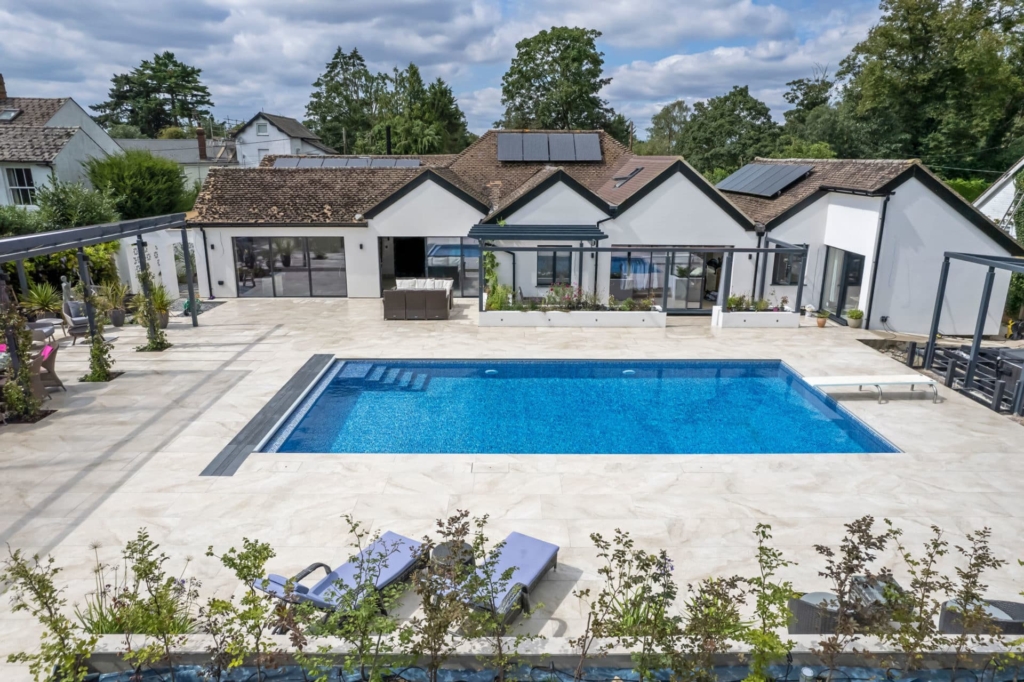
Expert Support Every Step of the Way
At Stoneworld, we believe that creating the perfect patio or paved area starts with understanding the right materials and installation methods. Whether you’re choosing elegant limestone or sleek porcelain, we’re here to guide you every step of the way with expert advice and high-quality products.
If you have any questions after reading our FAQ, just get in touch — we’re always happy to help!


